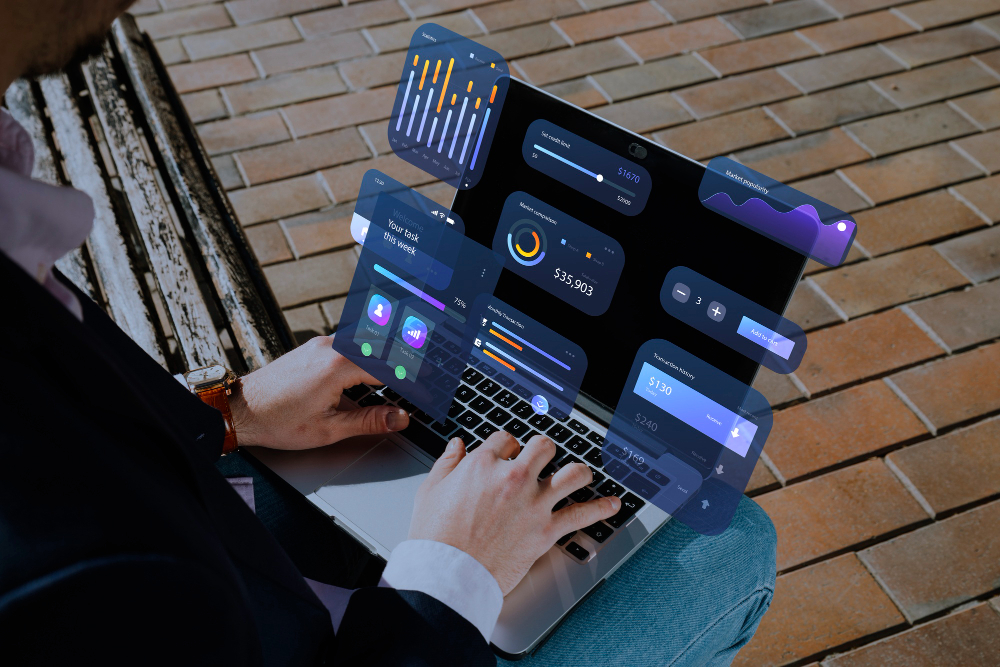The Surge of Usage-Based Insurance: What’s Driving the Trend?
Have you ever thought about having car insurance entirely based on your actual usage?Check out this new concept.
Who Benefits from Usage-Based Insurance?
The auto insurance market in America is witnessing the rapid growth of the model known as Usage-Based Insurance (UBI).
This is a clear response to changes in driver behavior, the advancement of vehicle telematics, and the growing demand for personalization and savings in a challenging economic environment.

But what exactly is driving this trend?
What is usage-based insurance?
The concept of UBI is not new, but its popularity in the United States has accelerated over the past decade.
This type of insurance adjusts the policy price based on how, how much, when, and where the driver uses their vehicle.
By installing telematics devices or using smartphone apps, insurers collect real-time data on driving behavior, distance traveled, time of use, speed, acceleration, braking, and overall usage patterns.
This information allows for a more personalized and dynamic pricing model, rewarding safe drivers with significant discounts while penalizing high-risk drivers.
The Economic Factor: Cutting Costs in Uncertain Times
According to data from the NAIC (National Association of Insurance Commissioners), the average annual auto insurance premium rose by around 15% between 2022 and 2024.
In this context, UBI emerges as a smart alternative for those who drive less or adopt safer habits, offering savings that can reach 30% or more compared to traditional policies.
Changing Mobility Habits
Shifts in urban mobility have also fueled this growth. A recent Pew Research Center survey showed that, in 2024, around 27% of full-time workers in the U.S. still work remotely or under a hybrid model.
This new scenario makes personalization even more attractive to consumers, who are tired of paying fixed-rate insurance when they only use their car occasionally.
With UBI, the insurance adjusts to the vehicle’s actual usage, eliminating the feeling of waste.
Technology as an Ally
Technological evolution has also been crucial, especially through advanced monitoring devices, sensors, and user-friendly apps.
Moreover, the integration of telematics data with artificial intelligence enables a more sophisticated risk profile analysis, making insurance offers more competitive and appealing.
Industry giants like Progressive, Allstate, and State Farm have heavily invested in their UBI programs, incorporating gamification, safe driving rewards, and educational reports.
The Mindset of the New Generation of Consumers
New generations bring new needs, particularly millennials and Gen Z, who already represent a significant share of the insurance market.
This audience is less tolerant of bureaucratic processes, demands transparency in pricing, and values companies that use data to offer a fairer and more personalized experience aligned with their lifestyle.
For them, UBI is a natural extension of the on-demand economy, as they are used to consumption models like streaming, ride-hailing apps, and flexible phone plans.
To these generations, traditional insurance seems outdated and misaligned with their profile.
Challenges and Outlook
Despite the impressive growth, UBI still faces some challenges in the U.S.
Key issues are related to data privacy, transparency in how information is used, and some drivers’ resistance to constant monitoring, which remain as barriers.
Additionally, there are ongoing discussions about the need for clearer regulations regarding how insurers use and share these data.
Even so, projections remain optimistic. According to consulting firm McKinsey, the usage-based insurance market is expected to double in size by 2030 in the U.S., becoming a dominant model in the auto insurance segment.
The advancement of vehicle connectivity, with cars increasingly equipped with built-in technology from the factory, should further accelerate this migration.
Conclusion
UBI is not just a passing trend; it reflects the structural changes in American society, combining technology, behavioral economics, and the demand for greater personalization.
For drivers, it represents an opportunity to save money and have more control over their costs. For insurers, it’s a chance to reinvent themselves in a highly competitive market traditionally resistant to change.
In the end, the success of UBI in the United States signals a future where insurance is no longer a fixed expense but rather an adaptable, dynamic service connected to the demands of modern times.





